Eugene’s Top Parks for Outdoor Sports & Families
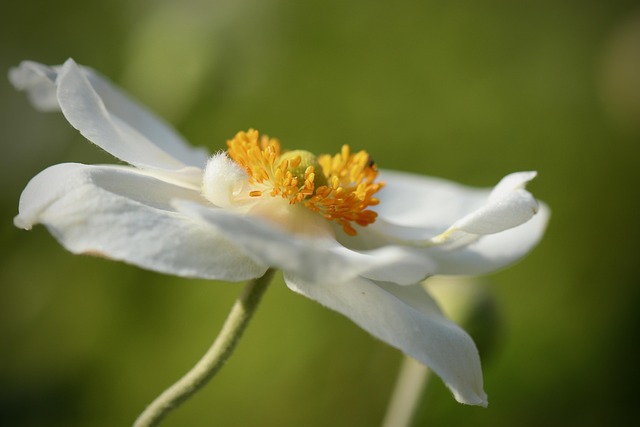
Eugene, Oregon, offers a vibrant array of Eugene family parks with diverse amenities for all ages. T…….
We are At Your Service
In the heart of the Pacific Northwest lies the vibrant city of Eugene, Oregon, renowned for its lush landscapes and thriving urban green spaces. This article delves into the world of ‘Visiting Parks and Gardens in Eugene, Oregon’, exploring how these natural oases contribute to the city’s quality of life, cultural scene, and overall appeal. By examining various facets, from historical design to modern innovations, we aim to provide an extensive guide for residents and visitors alike, ensuring a memorable experience amidst Eugene’s picturesque greenery.
‘Visiting Parks and Gardens in Eugene, Oregon’ encompasses the exploration and appreciation of diverse outdoor recreational areas within the city limits. These include:
Parks: Large open spaces designed for various activities such as sports, picnics, and community events. Iconic parks like Washington Park serve as cultural hubs featuring monuments, gardens, and attractions.
Botanical Gardens: Specialized facilities showcasing a wide array of plant species in a controlled environment. The University of Oregon’s Arnold Arboretum is a prime example, offering educational exhibits and peaceful walks among rare flora.
Nature Reserves: Protected areas preserving natural ecosystems, often featuring hiking trails, wildlife observation spots, and interpretative centers to educate visitors about local ecology.
Eugene’s commitment to parks and gardens dates back to the late 19th century when urban planning recognized the importance of green spaces for public health and community well-being. The city’s first park, Fern Ridge Park, opened in 1894, reflecting a growing trend across America to incorporate nature into urban settings.
Today, these spaces serve as vital community hubs, offering:
The concept of urban parks and gardens has spread globally, influenced by the success of iconic green spaces like New York City’s Central Park and London’s Hyde Park. Eugene’s parks have gained international recognition for their innovative designs, such as the Ruth Bascom Park’s unique water features and native plant landscaping.
Several global trends are impacting the development and management of parks in Eugene:
Different regions within Eugene incorporate unique elements into their parks:
Parks and gardens contribute significantly to Eugene’s economy in several ways:
The city of Eugene prioritizes park maintenance and development through:
Technology plays a pivotal role in modernizing park management and enhancing visitor experiences:
Emerging technologies hold promise for the future:
The development and maintenance of parks in Eugene are guided by:
Policies significantly influence the type and quality of parks in Eugene:
Despite its many successes, Eugene’s parks face challenges:
Strategies to address these issues include:
Location: Downtown Eugene
Challenge: Transforming a historically underutilized space into a vibrant cultural center.
Solution: The city renovated Alton Baker Park, adding sculptures, performance stages, and an outdoor museum. This revitalized the area, attracting diverse audiences for concerts, festivals, and art exhibitions.
Impact: Increased foot traffic, improved local economy, and enhanced community engagement, making the park a central cultural hub.
Location: Northwest Eugene
Focus: Providing educational opportunities for all ages on local ecology.
Approach: Interpretative signs, guided tours, and interactive exhibits highlight the reserve’s unique ecosystems. A nature center offers workshops and events focused on conservation and outdoor skills.
Outcome: Increased environmental awareness among residents and visitors, fostering a deeper connection with nature.
Location: South Eugene
Goal: Creating a gathering space that reflects the diverse community.
Design: This park features multi-cultural art installations, inclusive play areas, and community gardens. Regular events celebrate local heritage and promote social cohesion.
Success: The park has become a vibrant hub for neighborhood gatherings, cultural exchanges, and community activism, fostering a stronger sense of belonging.
‘Visiting Parks and Gardens in Eugene, Oregon’ represents a thriving urban ecosystem where natural beauty, community engagement, and innovation converge. Through careful planning, robust policies, and community involvement, these green spaces have evolved into vibrant hubs that enhance the quality of life for residents and enrich the experience of visitors.
As Eugene continues to grow and evolve, its commitment to preserving and expanding these outdoor sanctuaries remains unwavering. By embracing emerging trends, addressing challenges, and leveraging technology, the city ensures that its parks and gardens will remain a defining feature, shaping the character and well-being of both its people and the environment for generations to come.
Q: Are there any dog-friendly parks in Eugene?
A: Yes, several parks allow dogs on leashes, including Washington Park and Alton Baker Park. Some areas within these parks are designated as dog-free zones to ensure a peaceful experience for all visitors.
Q: Can I host an event in the city’s parks?
A: Absolutely! Eugene welcomes community events, from small gatherings to large festivals. Permits may be required, depending on the scale and nature of the event. Contact the Parks and Recreation Department for details.
Q: How does the city maintain its extensive network of parks?
A: The City of Eugene employs a dedicated parks maintenance team and relies on volunteers for various tasks. They use sustainable practices and modern equipment to ensure high-quality care for all parks.
Q: Are there any plans to create new nature reserves in Eugene?
A: The city regularly evaluates potential areas for conservation and expansion. Currently, efforts are focused on enhancing existing reserves and integrating green spaces into urban development plans.
Q: Can visitors access all park amenities for free?
A: Most parks offer free entry, but some specialized facilities or events may have associated costs. The city provides a range of options to accommodate various budgets, ensuring accessibility for everyone.

Eugene, Oregon, offers a vibrant array of Eugene family parks with diverse amenities for all ages. T…….
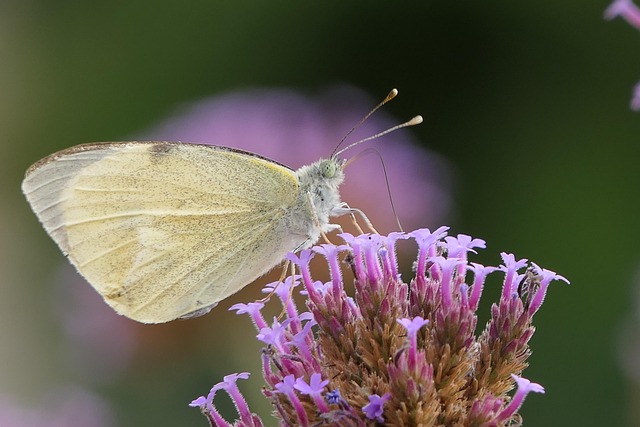
Owen Rose Garden Eugene is a tranquil urban oasis showcasing vibrant rose beds, peaceful seating are…….
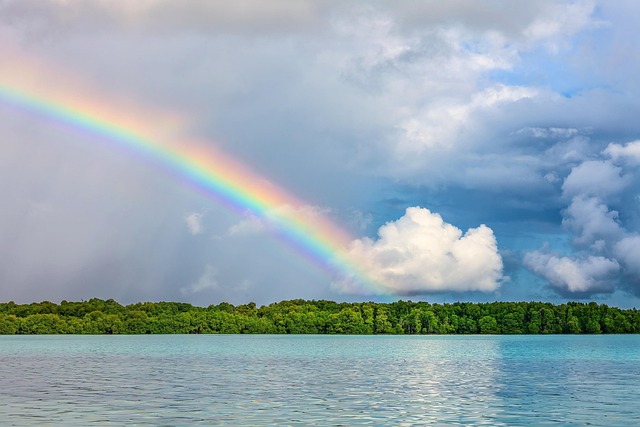
Hendricks Park, Eugene, Oregon, offers a peaceful urban sanctuary with diverse landscapes, trails, a…….
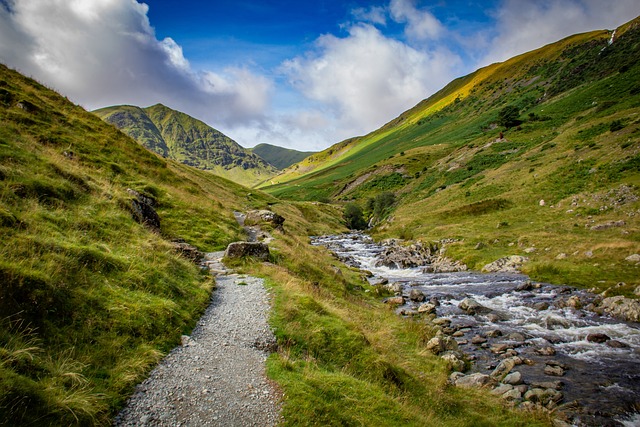
Hendricks Park Eugene is a 170-acre urban oasis with diverse landscapes, off-leash dog parks, walkin…….
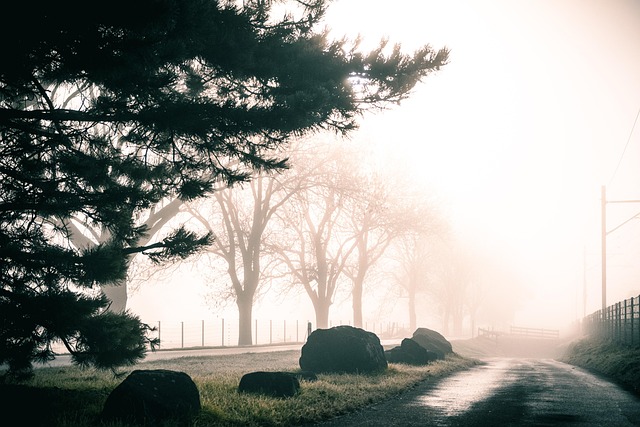
Skinner Butte Park Eugene, a 43-acre urban oasis, offers serene escapes with lush green spaces, trai…….

Eugene botanical gardens offer a year-round celebration of Pacific Northwest nature. From formal to…….
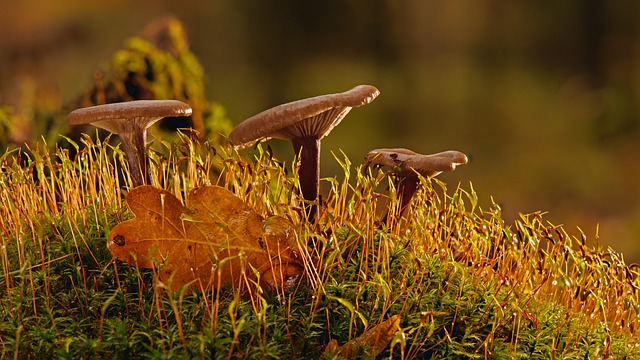
Owen Rose Garden Eugene offers a vibrant, family-friendly escape with 2,000 rose bushes, play areas,…….